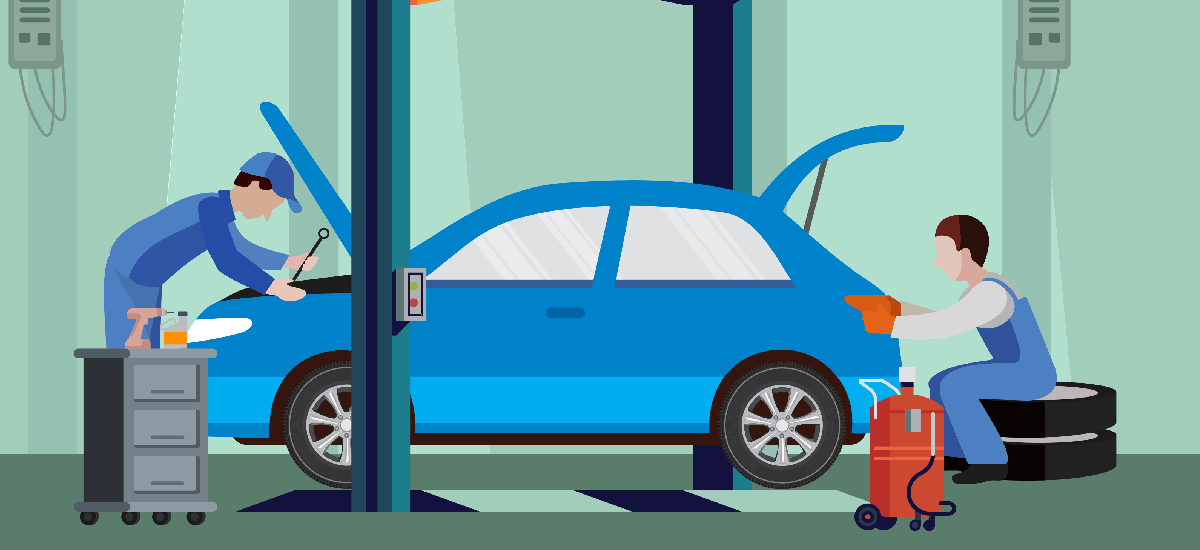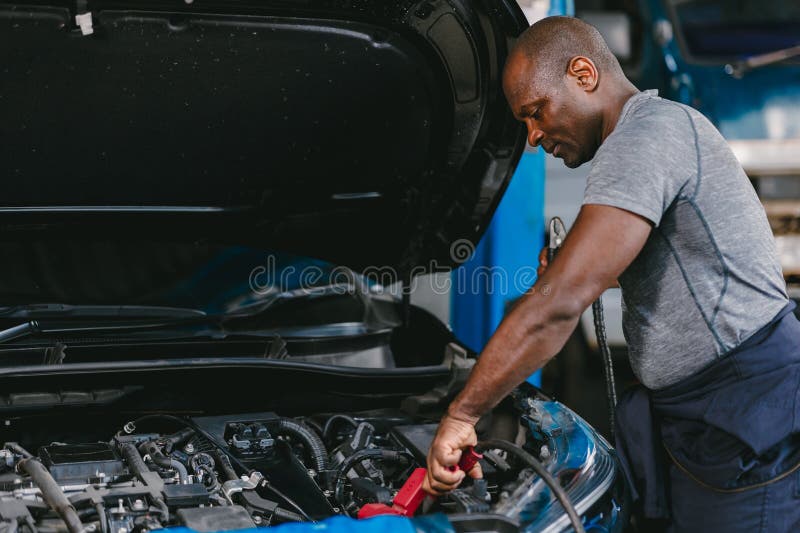All Categories
Featured
The check engine light (CEL) is one of one of the most identifiable control panel signs, however it usually strikes fear or confusion in chauffeurs. While it's easy to worry when the light brightens, recognizing its objective and recognizing just how to respond can help you take the ideal actions to address possible concerns. This newbie's overview breaks down what the check engine light methods, usual reasons, and how to manage it.
What Is the Check Engine Light? The check engine light is component of your vehicle's onboard diagnostics (OBD) system, made to monitor engine efficiency and discharges. When the system detects a problem, the CEL lights up to inform you. The light might look like a stable glow or a flashing signal, each lugging different degrees of seriousness.
Strong Light: Indicates a less instant problem, however it still calls for attention. Flashing Light: Signals a much more serious trouble, such as a misfire, which can harm your engine or catalytic converter if overlooked. Typical Root Causes Of the Check Engine Light. The CEL can trigger for a selection of reasons, ranging from small concerns to major repairs. Right here are some of the most typical wrongdoers:
Loose or Faulty Gas Cap:
A loose gas cap can cause fuel vapors to leave, activating the CEL. This is among the simplest and least costly solutions-- change the cap or tighten. Faulty Oxygen Sensing Unit:
![]()
The oxygen sensing unit keeps an eye on the air-to-fuel ratio in your engine. A defective sensor can lower fuel effectiveness and boost emissions. Malfunctioning Glow Plugs or Ignition Coils:
Worn-out stimulate plugs or coils can lead to engine misfires. Normal tune-ups aid prevent this issue. Catalytic Converter Issues:
The catalytic converter minimizes dangerous exhausts. Troubles with this part can be expensive and frequently arise from ignoring other problems. Mass Airflow Sensor Problems:
The mass air flow (MAF) sensing unit determines the air going into the engine. A defective or dirty MAF sensor can affect efficiency and fuel economic situation. What to Do When the Examine Engine Light Begins. Do Not Panic:
If the light is consistent, it's safe to drive to a repair store. Lower rate and stay clear of difficult acceleration; pull over and look for immediate assistance if it's flashing. Inspect for Obvious Issues:
Tighten up the gas cap, as this is a typical and easy solution. Search for indications of major trouble, such as smoke or unusual engine sounds. Utilize an OBD-II Scanner:
An OBD-II scanner reviews the difficulty codes saved in your auto's computer system. Lots of car parts shops provide free code scanning services. Speak With a Specialist Technician:
![]()
If you can not resolve the issue yourself, take your vehicle to a trusted auto mechanic. Provide the problem code for a faster and extra accurate medical diagnosis. Preventative Measures. Regular maintenance is vital to staying clear of CEL concerns. Here's how to stay ahead:
Set Up Routine Tune-Ups: Change trigger plugs and evaluate ignition components frequently. Keep Fluids Completed: Make sure appropriate degrees of oil, coolant, and various other fluids. Use Top Quality Gas: Poor-quality gasoline can cause sensor and discharges issues. Final thought. The check engine light doesn't have to provide anxiety. By comprehending its objective and understanding how to resolve it, you can keep your cars and truck running efficiently and stay clear of pricey repair work. Treat the CEL as a useful tool instead of an annoyance, and it will certainly direct you to maintaining your automobile's health properly.
What Is the Check Engine Light? The check engine light is component of your vehicle's onboard diagnostics (OBD) system, made to monitor engine efficiency and discharges. When the system detects a problem, the CEL lights up to inform you. The light might look like a stable glow or a flashing signal, each lugging different degrees of seriousness.
Strong Light: Indicates a less instant problem, however it still calls for attention. Flashing Light: Signals a much more serious trouble, such as a misfire, which can harm your engine or catalytic converter if overlooked. Typical Root Causes Of the Check Engine Light. The CEL can trigger for a selection of reasons, ranging from small concerns to major repairs. Right here are some of the most typical wrongdoers:
Loose or Faulty Gas Cap:
A loose gas cap can cause fuel vapors to leave, activating the CEL. This is among the simplest and least costly solutions-- change the cap or tighten. Faulty Oxygen Sensing Unit:

The oxygen sensing unit keeps an eye on the air-to-fuel ratio in your engine. A defective sensor can lower fuel effectiveness and boost emissions. Malfunctioning Glow Plugs or Ignition Coils:
Worn-out stimulate plugs or coils can lead to engine misfires. Normal tune-ups aid prevent this issue. Catalytic Converter Issues:
The catalytic converter minimizes dangerous exhausts. Troubles with this part can be expensive and frequently arise from ignoring other problems. Mass Airflow Sensor Problems:
The mass air flow (MAF) sensing unit determines the air going into the engine. A defective or dirty MAF sensor can affect efficiency and fuel economic situation. What to Do When the Examine Engine Light Begins. Do Not Panic:
If the light is consistent, it's safe to drive to a repair store. Lower rate and stay clear of difficult acceleration; pull over and look for immediate assistance if it's flashing. Inspect for Obvious Issues:
Tighten up the gas cap, as this is a typical and easy solution. Search for indications of major trouble, such as smoke or unusual engine sounds. Utilize an OBD-II Scanner:
An OBD-II scanner reviews the difficulty codes saved in your auto's computer system. Lots of car parts shops provide free code scanning services. Speak With a Specialist Technician:

If you can not resolve the issue yourself, take your vehicle to a trusted auto mechanic. Provide the problem code for a faster and extra accurate medical diagnosis. Preventative Measures. Regular maintenance is vital to staying clear of CEL concerns. Here's how to stay ahead:
Set Up Routine Tune-Ups: Change trigger plugs and evaluate ignition components frequently. Keep Fluids Completed: Make sure appropriate degrees of oil, coolant, and various other fluids. Use Top Quality Gas: Poor-quality gasoline can cause sensor and discharges issues. Final thought. The check engine light doesn't have to provide anxiety. By comprehending its objective and understanding how to resolve it, you can keep your cars and truck running efficiently and stay clear of pricey repair work. Treat the CEL as a useful tool instead of an annoyance, and it will certainly direct you to maintaining your automobile's health properly.
Latest Posts
Learn How WyHy Federal Credit Union Maximizes Your Savings on Borrowing and Banking
Published May 27, 25
1 min read
Improve Your Home's Exterior with Weathercraft's Exterior siding Solutions
Published May 25, 25
1 min read
Unlock WyHy FCU – Key Advantages for Your Future
Published May 25, 25
1 min read